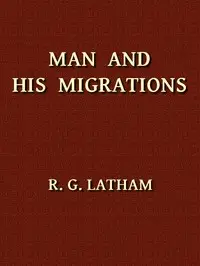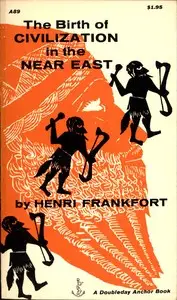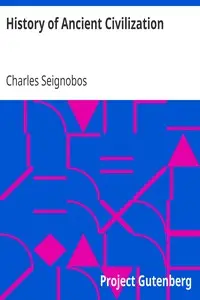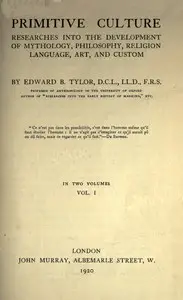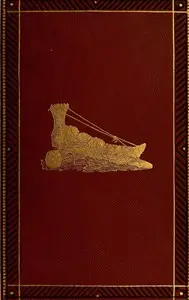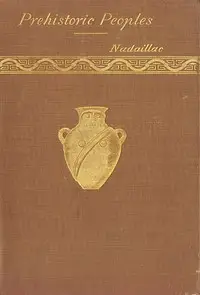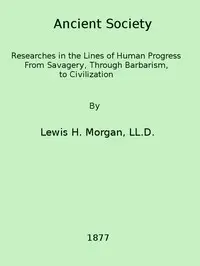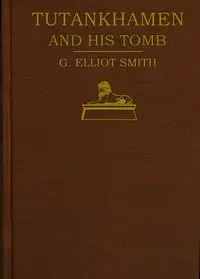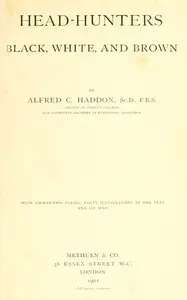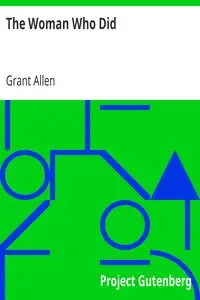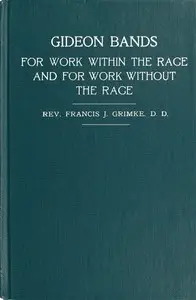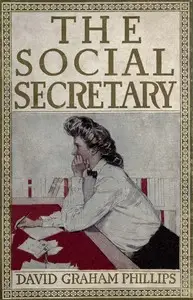"The Migrations of Early Culture" by Grafton Elliot Smith is a scholarly exploration of how ancient civilizations shared customs and beliefs, primarily using the practice of mummification as a key example. Smith investigates the geographic spread of this cultural phenomenon to trace the movements and interactions of early peoples. He challenges existing anthropological theories, advocating for a view of interconnected cultures where practices like mummification and the building of megalithic structures point to shared origins and migration routes, much like modern cultural exchanges. Smith's initial goal was to gather evidence for a scientific society, proving that cultural elements diffused across civilizations from a common source, rather than arising independently in different regions.
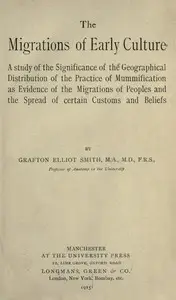
The migrations of early culture A study of the significance of the geographical distribution of the practice of mummification as evidence of the migrations of peoples and the spread of certain customs and beliefs
By Grafton Elliot Smith
Uncover the secrets of ancient civilizations as the spread of mummification reveals the surprising connections and migrations of early cultures.
Summary
About the AuthorSir Grafton Elliot Smith was an Australian-British anatomist, Egyptologist and a proponent of the hyperdiffusionist view of prehistory. He believed in the idea that cultural innovations occur only once and that they spread geographically. Based on this, he traced the origins of many cultural and traditional practices across the world, including the New World, to ideas that he believed came from Egypt and in some instances from Asia. An expert on brain anatomy, he was one of the first to study Egyptian mummies using radiological techniques. He took an interest in extinct humanoids and was embroiled in controversy over the authenticity of the Piltdown Man.
Sir Grafton Elliot Smith was an Australian-British anatomist, Egyptologist and a proponent of the hyperdiffusionist view of prehistory. He believed in the idea that cultural innovations occur only once and that they spread geographically. Based on this, he traced the origins of many cultural and traditional practices across the world, including the New World, to ideas that he believed came from Egypt and in some instances from Asia. An expert on brain anatomy, he was one of the first to study Egyptian mummies using radiological techniques. He took an interest in extinct humanoids and was embroiled in controversy over the authenticity of the Piltdown Man.

